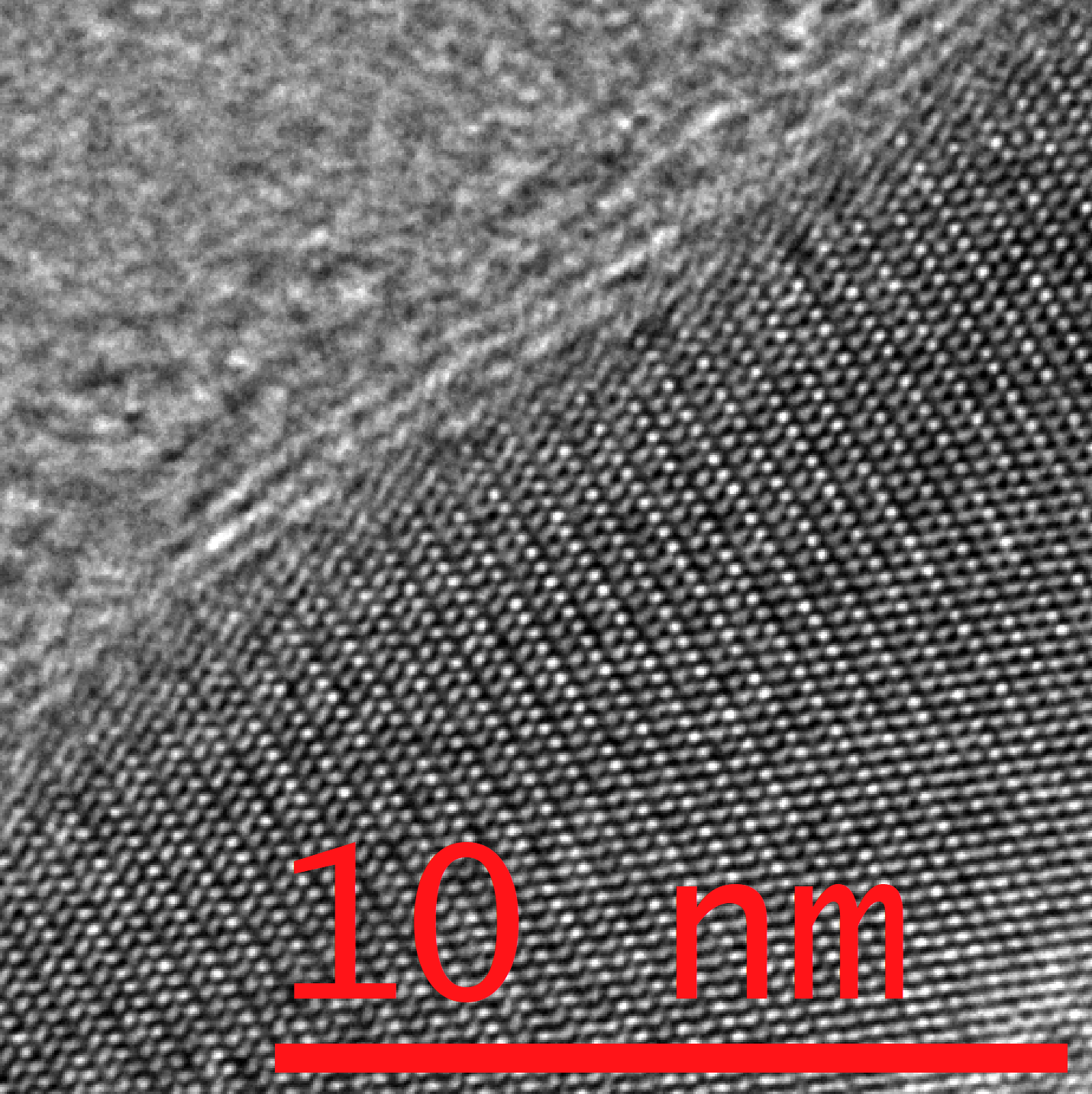26 Nov 2025
New research from Xi’an Jiaotong-Liverpool University (XJTLU) could help scientists design next-generation magnetic, spintronic (spin transport electronics), and quantum materials.
The work, led by Dr Filippo Boi of the Department of Chemistry and Materials Science, revealed an unusual atomic arrangement of iron (crystal structure, or phase) when confined inside carbon nanotubes. This type of iron phase would be unstable in ambient (normal room temperature and air pressure) conditions. It has unique magnetic properties that make it valuable for electronics and quantum technologies.
Carbon nanotubes can be visualised as composed of many monoatomic layers of carbon rolled into concentric cylinders. In the presented study, tiny wires of iron with diameters in the order of nanometres were confined inside the carbon nanotubes.
The researchers used an in-situ fabrication process – namely advanced chemical vapour deposition – to form a film of carbon nanotubes, with each nanotube filled with continuous iron-based nanowires along the carbon nanotube-capillary.
By using a combination of specific sequences of slow and rapid cooling to tune the atomic structures of the iron-phase confined in carbon nanotubes, the researchers were able to stabilise non-equilibrium iron phases, namely face-centred cubic and hexagonal close-packed iron, at room temperature.
Unique magnetic behaviour
The encapsulated iron-based nanowires were found to exhibit an uncommon combination of both ferromagnetic and antiferromagnetic properties, which are strongly dependent on local structural configuration of the iron atoms. In a typical ferromagnet, magnetic moments(tiny magnets associated with each atom) are aligned in a preferred direction and interact with each other, giving rise to a spontaneous molecular field; while in an antiferromagnet, the moments exhibit an antiparallel configuration. The combination of both ferromagnetic and antiferromagnetic components, when a physical and magnetic contact is established (through sharp interfaces), gives rise to a phenomenon known as exchange-bias which is of key relevance for spintronics, magnetic data recording and spin-valve-like technology.
Driving new research directions
According to Dr Boi, this research advances the scientific understanding of materials confined into carbon nanotubes and provides novel ways to design nanomaterials with “tunable” magnetic and electronic properties.
“By combining precise synthesis control with nanoscale imaging and magnetic characterisation, we can directly observe the atomic-level transformations that determine a material’s behaviour,” Dr Boi says.
According to the authors, the method can be used on other metallic nanowire systems – such as nickel, cobalt, and their alloys – to stabilise their high-pressure phases under ambient conditions. These findings may inspire further work in biomagnetism, materials physics, nanomagnetism, and spintronics, as well as applications in exchange bias systems, quantum data storage devices, and nano-heater technologies for nanomedicine.

HRTEM micrograph revealing the encapsulation of an hcp ε‑Fe martensite phase into a multiwall carbon nanotube (CNT). Credit: Boi, et al, DOI: 10.1016/j.carbon.2025.120932
Dr Boi conducted the study with Dr Qiuchen Dong, Zihui Qiu and Jianfang Wu from the lab and technical team of the School of Science. The team’s research paper was published recently in the journal Carbon.
Read the team’s research paper, “Possible confinement of hcp ε-Fe martensite, atomic-shuffling, stacking-fault nucleation and large-coercivities in Fe-filled multiwall carbon nanotubes,” here.
By Luyao Wang
Edit by Patricia.Pieterse
26 Nov 2025







